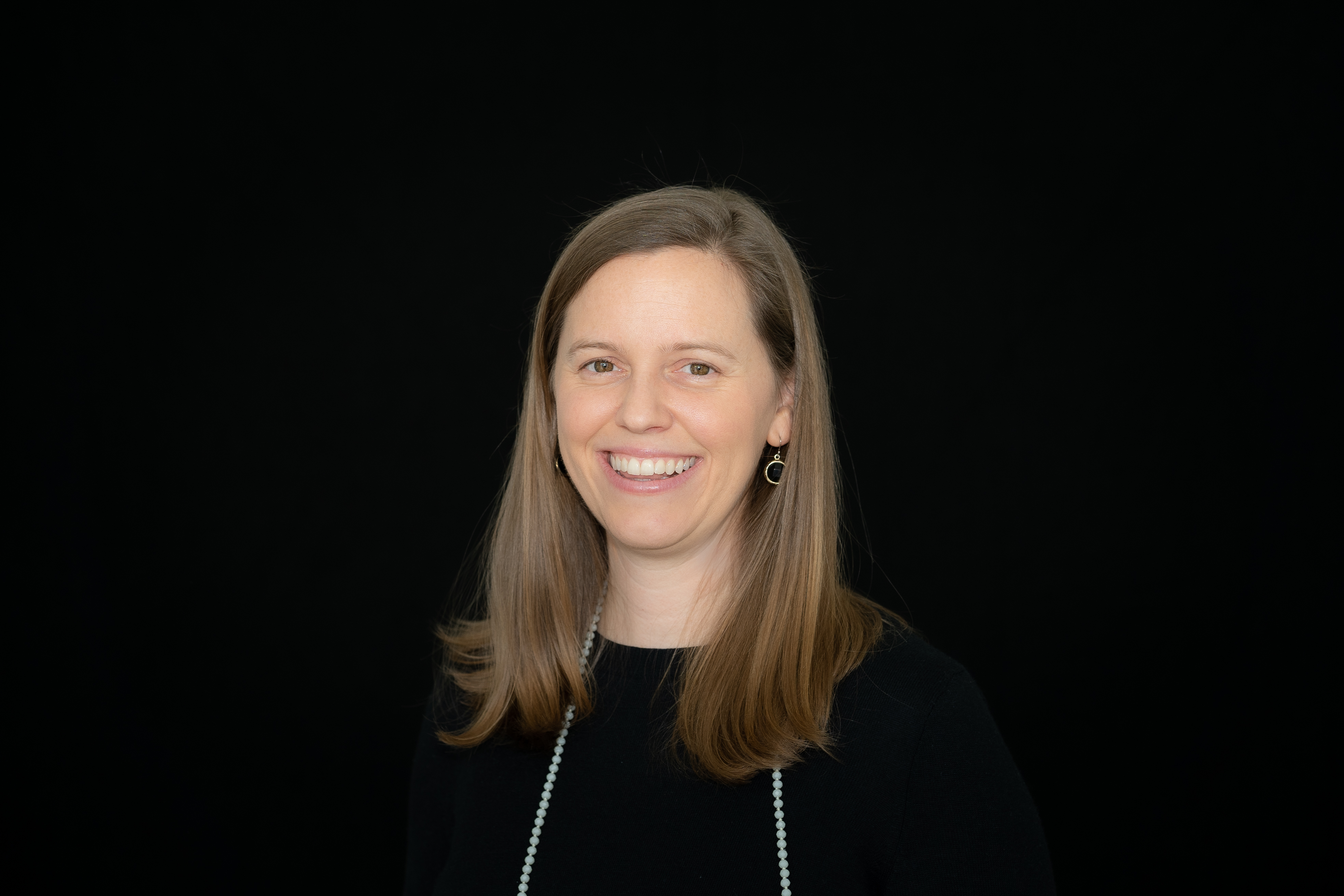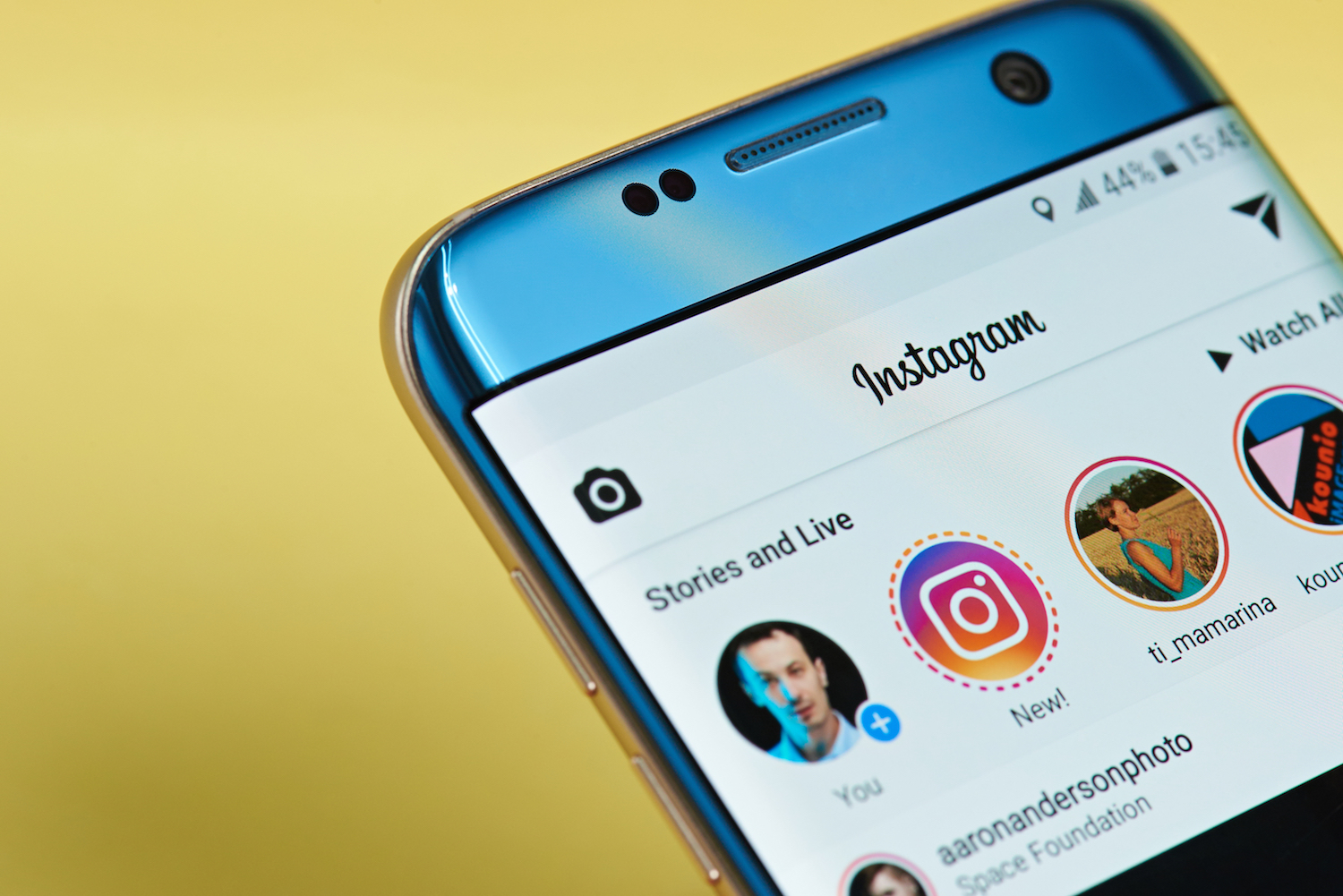Social Media Week Goes Virtual With #SMWONE: Lessons From Instagram and Vimeo
By Amy Jacques
June 2020
Here are two highlights from this year’s Social Media Week conference — which became a month-long virtual series in May called #SMWONE due to the global pandemic — featuring speakers from some of the country’s leading brands.
Instagram and Creativity During COVID-19
During the current global pandemic, “We’re all having to navigate a new normal and figure out how to adapt to creative ways of storytelling,” said Kay Hsu, global lead and director, of Instagram’s Creative Shop.
Large-scale disruption has forced businesses, brands and agencies to consider new ways to reach their customers that provide value and reassurance, but we should be hopeful, she said. “As creatives, brand stewards and storytellers, we know that creativity flourishes during times of constraint. It comes when things are a little bit harder and there’s tension in the environment.”
Hsu talked about the different forms that creativity is taking today, “as we are all painting and coloring outside the box” in new and unexpected ways.
“We have to learn to brainstorm and create when we’re not physically together,” she said. “Creativity comes in the form of mediums, formats, inspiration and techniques.
1. Mediums are adapting.
People are using social media for performing DJ sets or a concert series (D-Nice’s Club Quarantine, Questlove), reading to children, adapting plays (Andrew Lloyd Webber) and holding dinner parties (The New York Times live dinner party) or art shows (the Covid Art Museum). Analog and physical experiences are more malleable to Instagram, Hsu said.
2. Formats are melding and formats are being invented.
Combining formats or adopting other ones to create new experiences has become common, like seeing what podcasting looks like when it’s moved to IGTV or using Instagram Live to conduct interviews instead of broadcast TV). “We’ve seen a 70 percent increase in time spent on Facebook Live and Instagram Live,” Hsu said.
3. Distance is becoming inspiration.
Being further from our audience has been a huge driver for creativity — look at the Instagram account of @Jermcohen for a documentary about finding love in the time of coronavirus or @Erinoutdoors who creates photography scapes with food in her house to continue the fantasy and transportive nature of travel.
4. New techniques are emerging.
People have had to figure out how to use Live, Stories, and other tools and techniques to physically build things when they’re not together to shoot in person, move equipment around or even whiteboard. Artists like @Vacades are using AR and some photographers are using Instagram for photo shoots on topics including isolation, loneliness and creativity. “A lot of high-quality art is coming through,” she said.
What can brands do now?
- Be human.
- Engage.
- Serve.
- Stay agile.
- Play more.
“Think about constraints, community and connection,” Hsu said. “Hone in on the essence of your brand. Experiment as long as you’re thinking about service, empathy, being human and staying agile. Play more and lean into it.”
Vimeo on Using Little Resources for Big Results
Harris Beber, CMO of Vimeo, shared why video is the most compelling medium to convey your message and how you can make an impact using it.
“Video gets the highest engagement of any medium — the algorithm prioritizes it so it goes to the top. If you have an important message, then video is the way to do it,” he said.
People think that video is costly, complicated and hard to do — which is why companies often don’t do it, Beber said. Organizations need to know how to do video well and within a budget they can afford, so Vimeo Create was launched to make this process easier.
“Authenticity resonates with everyone, and you don’t need a big budget to speak authentically to your customers with video,” said Beber. Small businesses can easily do this by telling stories about their customers. “Tell stories; don’t sell products. Remember that people buy from people. Buy into the brand story.”
While short-form videos are important, he said that there is room to tell longer stories about who you are and why. You need to capture the viewer’s attention in the first three seconds — there must be something eye-catching there for them to keep watching.
“We’re not seeing new trends but an acceleration of trends — accelerating in months what we would normally do in years,” Beber said.
People are craving community in a world where we are now so far apart (school, yoga classes). Faith is also an interesting and growing area — churches are leading the trend for livestreaming and creating a virtual community to stay connected. People still want to be connected in real-time on Zoom. And Vimeo has seen more new Live subscriptions since the quarantine started than all of last year combined, he said.
Beber said that 75 percent of video views happen within the first four days; then there is a major drop-off and a need to create more to keep up with the audience’s wants and needs. He also made these points:
-
Remember that frequency is key. Be consistent in how often you’re delivering video. Daily might be ideal, but it isn’t necessarily feasible; set a time frame so you stay top of mind for consumers.
-
Be consistent in which platform you use. The audiences are different for each social platform, and what they care about is different. Also, you can use one piece of video content five ways (by editing it differently or by highlighting specific things).
-
Create in bulk. If you’re a small business owner and don’t have a video budget, then you can do high-quality videos with an iPhone and $20 worth of apps on your phone. On a Sunday afternoon, you could create a week’s worth of content and schedule it ahead of time.
-
Make a high impact with video. Overcome the barriers to making video, tell authentic stories, bring scalable video creation in house, drive reach through frequency and build engagement over time.



